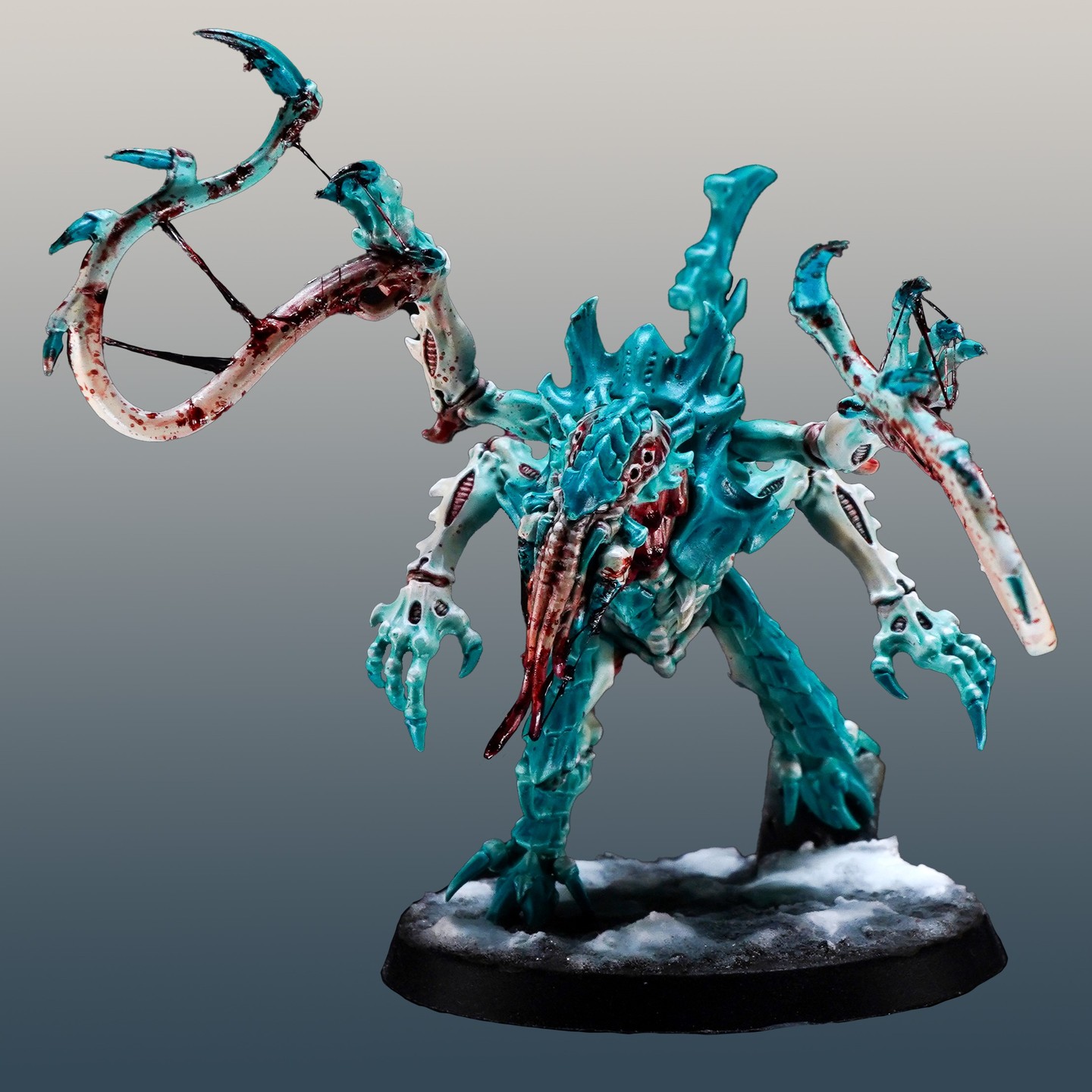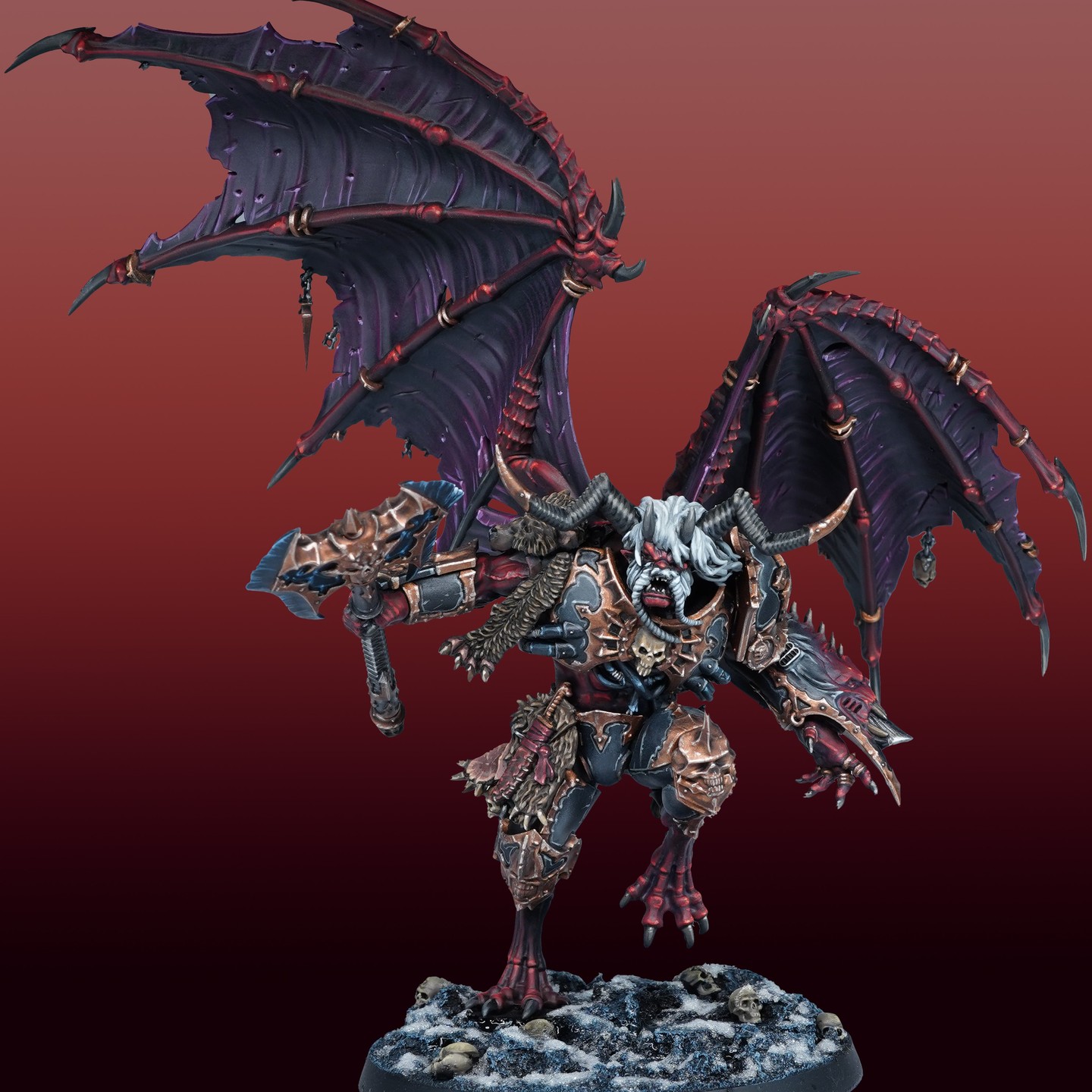In this exclusive interview with Redgrass, we are honored to feature Pete the Wargamer, a renowned figure in the miniature painting community. Commanding a following of over 194,000 subscribers through his engaging and instructive tutorials, Pete has become a beacon of knowledge and inspiration!
His YouTube channel, rich in diverse and captivating content, showcases his particular expertise in conversions, also known as miniature kitbashing — a skill he has honed and mastered. With an impressive portfolio of more than 719 videos, Pete offers a deep dive into the nuances of kitbashing.

My name is Pete Harrison but I am more commonly known for producing painting and conversion guides as ‘Pete The Wargamer’ on YouTube.
Kitbashing is a specific type of conversion or modification to a model. While conversions can cover simple adjustments, trimming or changing components in some way, kitbashing is the process of combining parts from several different model kits to create something entirely new. It can be as simple as taking one head from one kit and placing it onto the body of another kit. Alternatively, parts can also be used in completely new ways such as taking the legs from a spider kit and using them to create mutated humans.
Generally speaking, all models can be kitbashed in some way although plastic kits tend to be the easiest to work with, as are more mechanical looking models. Organic components often have very specific sizes and shapes to allow them to join with other parts from their own kit which makes mixing and matching them difficult. Things like power armour, vehicles or robots are generally much easier because ensuring the components match up exactly is not quite as important.

The reason I enjoy kitbashing is because it adds another level of personalization to my miniatures. While this can be done at the painting stage as well, it’s difficult to achieve a completely unique model with paints alone. It also allows me to update older looking models or create models that exist within a games background but don’t yet exist in physical form.
Kitbashing and conversions in general require a lot of research before I can even pick up a pair of Redgrass Precision Nippers. I will often be inspired by historical sources or tv and film and when I have ideas I like to jot them down. I build these up over time until I have a rough idea of the finished model that I wish to complete. Once I have a formed idea I can begin to search for the kits and components I will need to help me craft the model.
I choose these parts based on a number of different factors including their scale and whether or not the style of component fits the overall theme of the model I’m looking to build. Sourcing and choosing the parts is often the most time consuming but is probably the most important step of the whole process.

I very clearly remember the TV Advert for the Battle Games in Middle Earth bi-weekly magazine and, as I was a huge fan of Lord of the Rings, being immediately drawn in by it. The first magazine came with 12 Goblins, a brush and four 4 paints: Brown, Green, Black and Metal. Having never painted anything as small as this before I did a pretty terrible job but I was immediately hooked. Since then, I’m pretty much painted constantly.
My favorite miniature is Richard Gray, his command of techniques such as non-metallic metals, free hand designs, and object source lighting never cease to blow me away. His work is always an inspiration to me and is what makes me push myself to improve.

I came to understand how light works on models quite late into my painting experience but it’s something that is important for taking your models to that next level. It’s important to realize that you’re not painting something that is 3 inches tall but instead something that is a 3” tall snapshot of a full-sized human. Grasping this will give you a much more solid understanding of how shadows should form, how light should fall, and how colors and textures should appear. Getting this right will trick the viewer’s mind into seeing much more realism in the miniature that you have painted.
My favorite miniature is a very recent one, a Space Wolf Bladeguard Veteran for Warhammer 40,000. I like to convert my miniatures to better represent their backstories and painting often plays a big part in this. I wanted a scheme that would reflect the cold harshness of this Space Wolf’s environment and so I chose a lot of cooler or more subdued colors. By adding a few points of bright red and orange I was able to have them contrast nicely against the rest of the paint scheme.

Creating videos means that I’m fortunate to have records of precisely how I used to tackle problems or achieve certain effects. Over time, I’ve refined these solutions and improved, but sometimes it’s not always immediately apparent. That is until I review these snap-shots that reveal how I used to paint things several years ago. I would recommend to anyone to keep a log of your work. Taking pictures of your in-progress models and keeping notes of recipes and technique is not only useful for seeing how far you’ve progressed but also helpful in case you ever forget that exact ratio you mixed up 2 years ago.